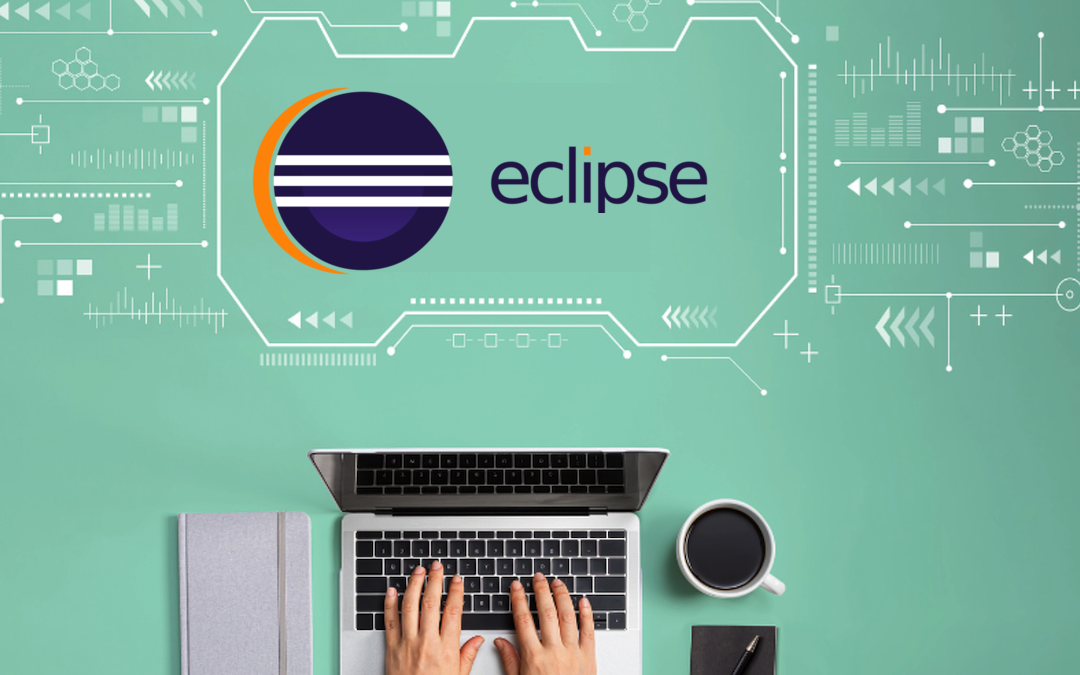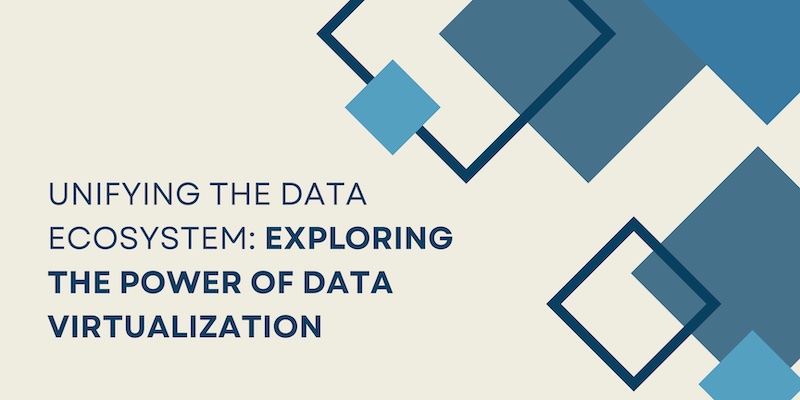
Eclipse API remains a strong platform for data analysis and visualization as it includes the tools and libraries that make complex data analysis easy. For both the experienced developer and the data lover, it is always valuable to learn how to use the Eclipse API to improve your data processing experience. This article delves into the functionalities, benefits, and practical applications of the Eclipse API in the realm of data analysis and visualization.
Key Features and Functionalities
The Eclipse API provides a comprehensive environment for data analysis, encompassing several key features that make it an indispensable tool for professionals:
- Modular Architecture: The Eclipse API has a modular-based structure, which means that the users can add-on to the functionality through plugins. This flexibility allows the platform to be versatile and be used for various data analysis tasks ranging from simple data manipulation to complex data analytical tasks involving the use of machine learning algorithms.
- Integrated Development Environment (IDE): The plug-in development environment in Eclipse is quite friendly to the users and it provides a platform for coding, debugging, and testing. This feature makes it a preferred tool by developers since it supports different programming languages like Java, Python, as well as C++.
- Data Visualization Tools: Eclipse API also has great presentation features that can turn plain data into valuable visualizations. These tools can accommodate various charts such as bar charts, line charts, and scatter charts among others in a way that enables the users to understand and present their findings.
- Extensive Libraries: The Eclipse API has a large number of libraries to support the functions and algorithms to speed up the data analysis. These libraries address a vast spectrum of functions such as computational statistics, data mining, and predictive analytics.
- Community Support and Documentation: Another important aspect that should be mentioned is that Eclipse API is very popular among users. Subscribers can view a large amount of documentation and lessons. Eclipse API users can discuss, share, and seek information about problems they encounter with fellow users.
The Eclipse API has features other than the ones mentioned above. Due to its flexibility and scalability, it can be used in the finance, healthcare, and engineering sectors. Thus, using Eclipse API as a part of your work, you will be able to optimize various data analysis processes and increase the efficiency of calculations and the accuracy of results.
Getting Started with Eclipse API
To begin using the Eclipse API for data analysis and visualization, follow these steps:
- Installation: Open the Eclipse website, download the latest version of the Eclipse IDE, and install it. Make sure you choose the right one for your operating system and the language you want to support.
- Setting Up Your Environment: After installation, you should set up your development environment and install relevant plugins and libraries. This setup might include downloading specific data analysis libraries such as NumPy for Python or JFreeChart for Java.
- Importing Data: It is recommended to use the Eclipse API to import your datasets. CSV, JSON, and XML are the popular formats of data that are compatible with the API. Take advantage of the data handling functions that are already incorporated into the software to prepare your data for analysis.
- Data Analysis: Utilize the libraries available to carry out statistical analysis, data mining, or machine learning jobs. The tool has a modular design, which means that you can add various other tools and libraries to extend your analytical functions.
- Visualization: Use the visualization tools in the Eclipse environment to generate effective charts and graphs. Let your report be as colorful as you want to make your data presentation look clear to anyone who will be using it.
Practical Applications of Eclipse API
The Eclipse API is widely used in different fields due to its efficient data processing and data visualization tools. It assists in the examination of patient data with a view of finding patterns and forecasting outcomes in the health care sector thus assisting in decision making and improvement of patient care.
In finance, Eclipse API is utilized to analyze big data for market analysis, risk management, and investment plans. The engineering sector uses it to examine the data on performance, productivity, and prognosis of maintenance. It is used in research, where large amounts of data are analyzed, and in business to help decision-makers make the right choices based on easy-to-understand data visualization.
The versatility of the Eclipse API in terms of the data input and output and the accuracy of the results makes it an essential tool for any professional who wants to turn raw data into valuable resources.
Final Thoughts
The Eclipse API is an essential tool for processing data and visualizing them, which can be an indispensable tool depending on the necessary functions. Due to its highly efficient libraries and visualization features, it is used in various fields, including healthcare and finance.
When using Eclipse API, you can thus enhance your work and come up with better decisions based on the results obtained. Being very easy to use and backed up by a very active community, the Eclipse API is ideal for any working professional who wants to take their data analysis and visualization to the next level. Cultivate the Eclipse API as a way of turning your data into valuable tools.
Related Posts
Share this post
Leave a comment
All comments are moderated. Spammy and bot submitted comments are deleted. Please submit the comments that are helpful to others, and we'll approve your comments. A comment that includes outbound link will only be approved if the content is relevant to the topic, and has some value to our readers.


Comments (0)
No comment